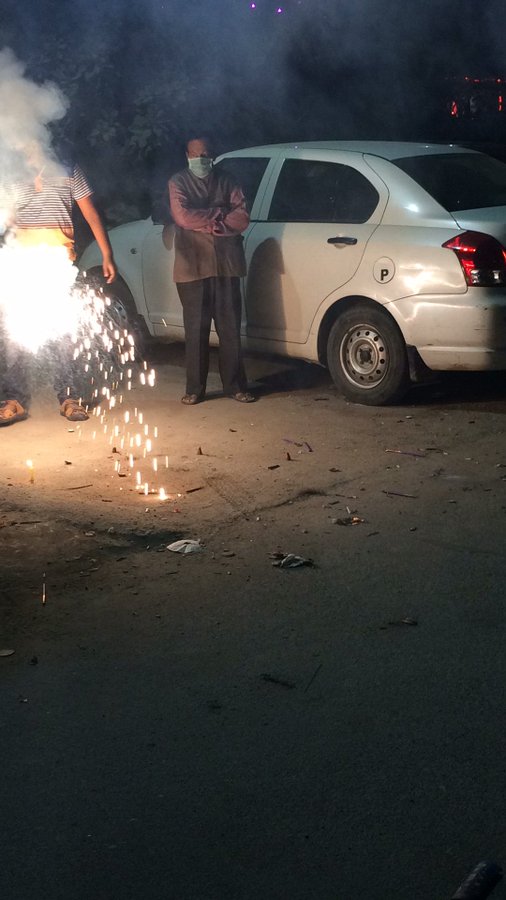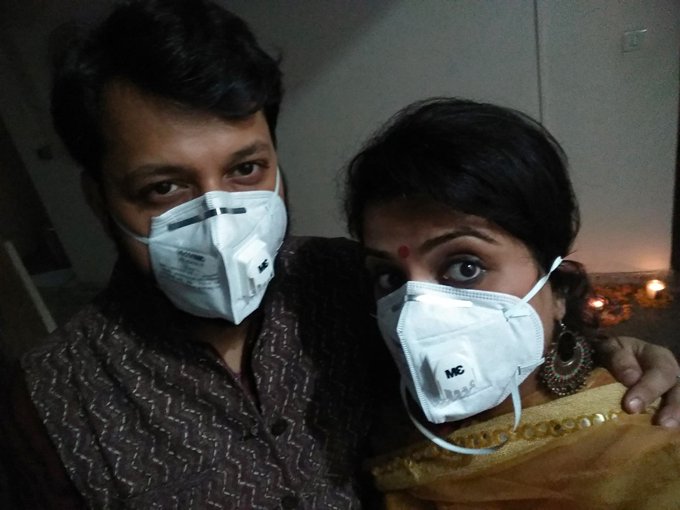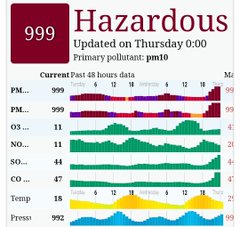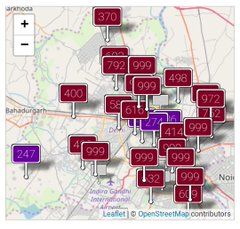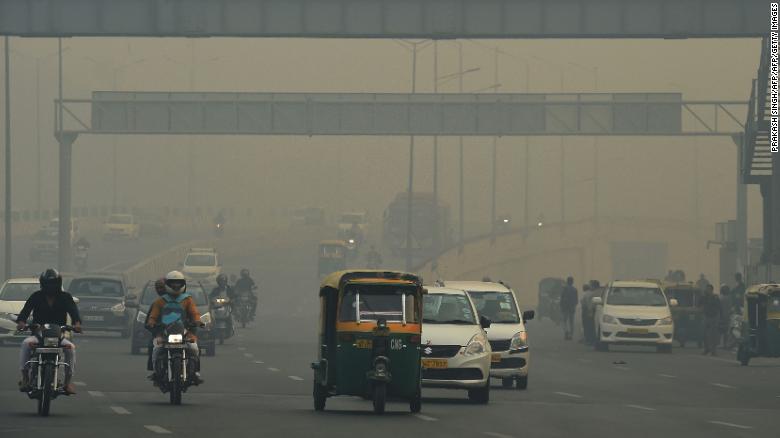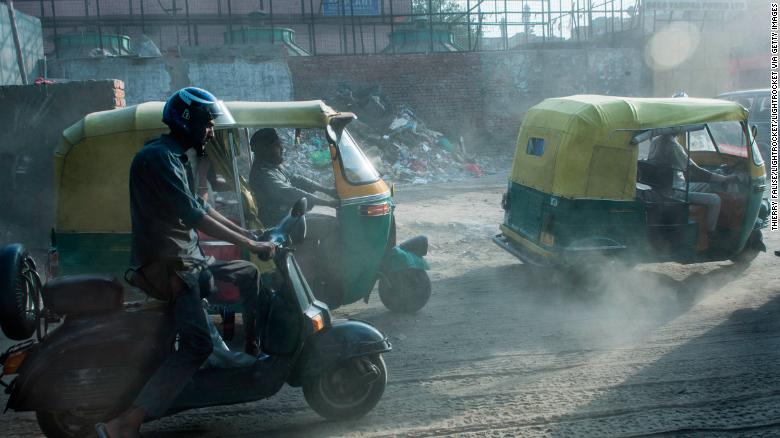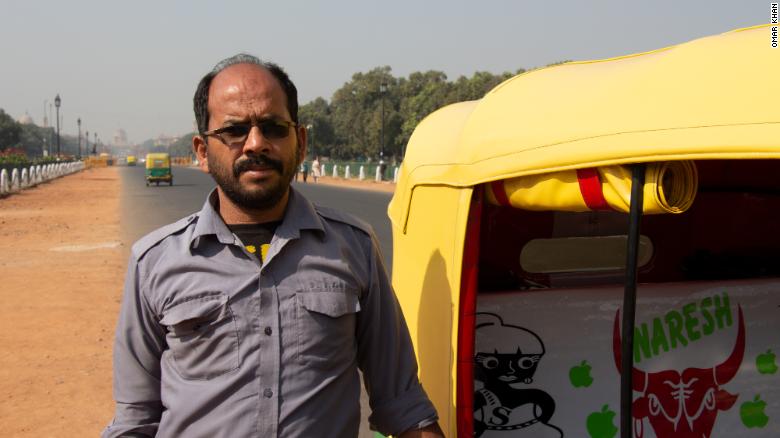Abandoned places are captivating, as they often give us a direct glimpse of what life must have been like in the past. There are some locations that seem as if they are places that time forgot, as if life has ceased to exist.
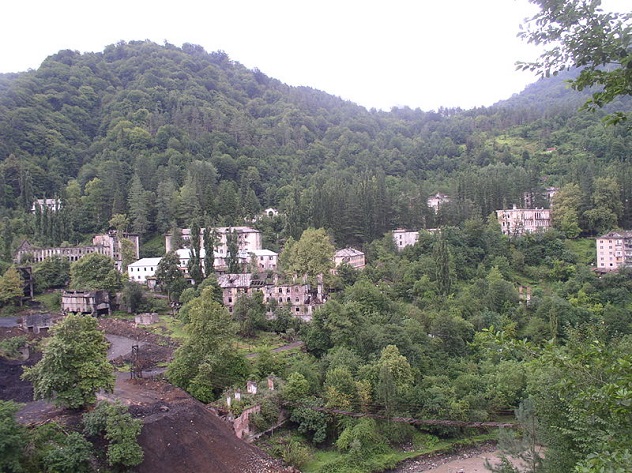
This Soviet ghost town is technically located within a country called The Autonomous Republic of Abkhazia, which is only officially recognized by five other countries. To the rest of the world, these are just the remains of another Georgian town that supplied the Soviet industrial machine.
The town was constructed back in the 1940s to supply coal to the Soviets. As such, it was built to last long into the future. However, during the war of independence in the early 1990s, the town fell to Georgian forces. Tkvarcheli was occupied by the Georgians for more than a year, until Abkhaz forces reclaimed the town with the help of the Russians.
Sadly for the town, it was too late, as the Soviet era was already in decline. The population of the town steadily dwindled until it was eventually abandoned for good. Nowadays, it serves as a creepy reminder of life at the height of the Soviet Union.

At first glance, it’s not hard to see why this island was nicknamed “Battleship Island.” Approached from the water, it really does look like a giant concrete battleship, thanks to its high sea walls. But the history behind this small island isn’t nearly as pretty as its panoramic views.
Hashima was a coal mining town from 1887–1974, which aided in the industrialization of Japan. Naturally, mining is back-breaking work, so the demand for workers was high. By 1959, there were 5,259 miners living on the island, crammed into just 16 acres of land. As one of the most densely populated areas in the world, living conditions soon declined to prison-like levels.
In the 1960s, petroleum started to replace coal. Many mines throughout Japan were shut down shortly thereafter, including Hashima in 1974. Within a matter of weeks, one of the most densely populated places on Earth was deserted, and the island was left to rot and weather the elements.
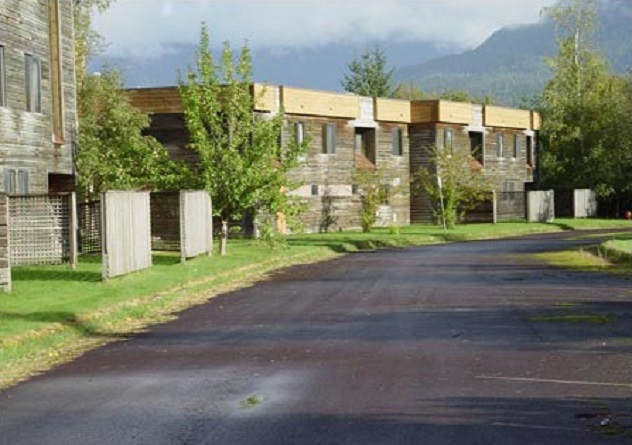
The town of Kitsault sits in the province of British Columbia, Canada. It featured more than 100 homes, 200 apartments, a hospital, a shopping mall, a movie theater, a sports center, and a bank. What more could you ask for this far up north? The only missing thing is the people.
The town formed in 1979 around the steel production industry after a molybdenum source was found nearby. For a while, all was well, but the town’s fate was sealed when the price of molybdenum crashed. As a result, the mine was shut down, and by 1983, Kitsault had turned into a ghost town almost overnight.
The town may possibly have found a saving grace, however, in the form of an entrepreneur who bought the place for $5 million in 2004. He hopes to resurrect the town from its slumber, but only time will tell if the plan is successful.
In the 1940s, the apartment was owned by a Mrs. De Florian, who fled south just before World War II broke out. She left her apartment locked, never to return again, which is how it remained for 70 years. After De Florian passed away, the apartment was finally opened for her heirs to take inventory. Underneath layers of cobwebs and dust, everything was found just as De Florian had left it, including a stunning painting of a woman dressed in pink.
Along with this painting, the inventory team also found a couple of old love letters, which were neatly wrapped in ribbon. Most love letters are only interesting to the people who sent or received them, but these ones were much more than pretty words on paper—they were confirmed to have been written by Giovanni Boldini, who was one of the most influential painters of the Belle Epoque. He was the artist behind the painting, which depicted De Florian’s grandmother, a high-society French actress and courtesan. The painting was later sold for a staggering 2.1 million Euros ($2.85 million USD).
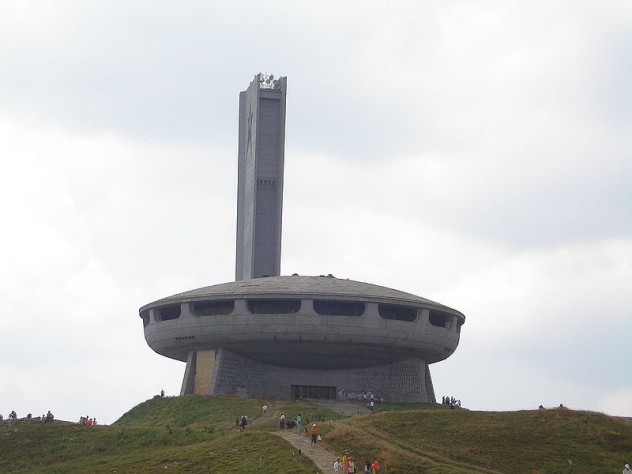
Although at first glance, this structure looks like a giant concrete saucer on top of a mountain, Buzludzha is actually a monument dedicated to communism. The story behind its inception goes all the way back to 1891, when Bulgaria’s socialist faction met on this exact spot to discuss Bulgaria’s future. Construction began in 1974, and the building was richly decorated with an abundance of Bulgarian and Soviet symbols, including a series of colorful mosaic frescoes on the walls. Perhaps the most impressive feature of the Buzludzha Monument is the colossal hammer and sickle in the middle of the dome ceiling.
Sadly, this beautiful building eventually fell to squalor, as the Bulgarian communist party disbanded following a revolution in 1989. Ownership of the monument was transferred to the government, which simply sealed off the main entrance and left it to be ravaged by vandalism and the elements.
Tkvarcheli, Georgia

This Soviet ghost town is technically located within a country called The Autonomous Republic of Abkhazia, which is only officially recognized by five other countries. To the rest of the world, these are just the remains of another Georgian town that supplied the Soviet industrial machine.
The town was constructed back in the 1940s to supply coal to the Soviets. As such, it was built to last long into the future. However, during the war of independence in the early 1990s, the town fell to Georgian forces. Tkvarcheli was occupied by the Georgians for more than a year, until Abkhaz forces reclaimed the town with the help of the Russians.
Sadly for the town, it was too late, as the Soviet era was already in decline. The population of the town steadily dwindled until it was eventually abandoned for good. Nowadays, it serves as a creepy reminder of life at the height of the Soviet Union.
Hashima Island, Japan

At first glance, it’s not hard to see why this island was nicknamed “Battleship Island.” Approached from the water, it really does look like a giant concrete battleship, thanks to its high sea walls. But the history behind this small island isn’t nearly as pretty as its panoramic views.
Hashima was a coal mining town from 1887–1974, which aided in the industrialization of Japan. Naturally, mining is back-breaking work, so the demand for workers was high. By 1959, there were 5,259 miners living on the island, crammed into just 16 acres of land. As one of the most densely populated areas in the world, living conditions soon declined to prison-like levels.
In the 1960s, petroleum started to replace coal. Many mines throughout Japan were shut down shortly thereafter, including Hashima in 1974. Within a matter of weeks, one of the most densely populated places on Earth was deserted, and the island was left to rot and weather the elements.
Kitsault, Canada

The town of Kitsault sits in the province of British Columbia, Canada. It featured more than 100 homes, 200 apartments, a hospital, a shopping mall, a movie theater, a sports center, and a bank. What more could you ask for this far up north? The only missing thing is the people.
The town formed in 1979 around the steel production industry after a molybdenum source was found nearby. For a while, all was well, but the town’s fate was sealed when the price of molybdenum crashed. As a result, the mine was shut down, and by 1983, Kitsault had turned into a ghost town almost overnight.
The town may possibly have found a saving grace, however, in the form of an entrepreneur who bought the place for $5 million in 2004. He hopes to resurrect the town from its slumber, but only time will tell if the plan is successful.
The Parisian Time Capsule Apartment
Time capsules are always fascinating, as they provide a direct, unobstructed view into the past. Although most time capsules found nowadays are intentional, it’s exciting to stumble upon accidental ones like this amazing apartment in Paris.In the 1940s, the apartment was owned by a Mrs. De Florian, who fled south just before World War II broke out. She left her apartment locked, never to return again, which is how it remained for 70 years. After De Florian passed away, the apartment was finally opened for her heirs to take inventory. Underneath layers of cobwebs and dust, everything was found just as De Florian had left it, including a stunning painting of a woman dressed in pink.
Along with this painting, the inventory team also found a couple of old love letters, which were neatly wrapped in ribbon. Most love letters are only interesting to the people who sent or received them, but these ones were much more than pretty words on paper—they were confirmed to have been written by Giovanni Boldini, who was one of the most influential painters of the Belle Epoque. He was the artist behind the painting, which depicted De Florian’s grandmother, a high-society French actress and courtesan. The painting was later sold for a staggering 2.1 million Euros ($2.85 million USD).
The Buzludzha Monument, Bulgaria

Although at first glance, this structure looks like a giant concrete saucer on top of a mountain, Buzludzha is actually a monument dedicated to communism. The story behind its inception goes all the way back to 1891, when Bulgaria’s socialist faction met on this exact spot to discuss Bulgaria’s future. Construction began in 1974, and the building was richly decorated with an abundance of Bulgarian and Soviet symbols, including a series of colorful mosaic frescoes on the walls. Perhaps the most impressive feature of the Buzludzha Monument is the colossal hammer and sickle in the middle of the dome ceiling.
Sadly, this beautiful building eventually fell to squalor, as the Bulgarian communist party disbanded following a revolution in 1989. Ownership of the monument was transferred to the government, which simply sealed off the main entrance and left it to be ravaged by vandalism and the elements.
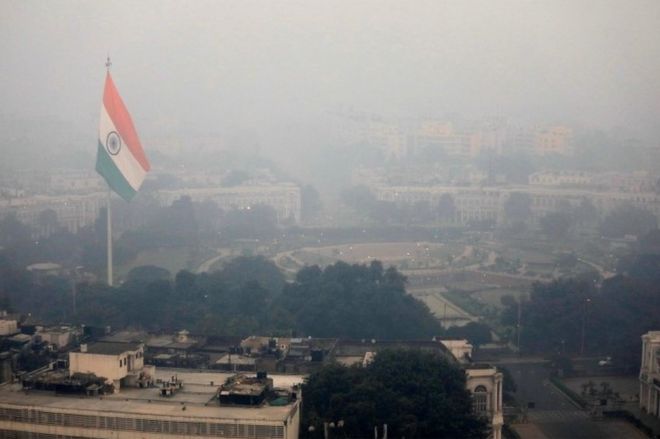
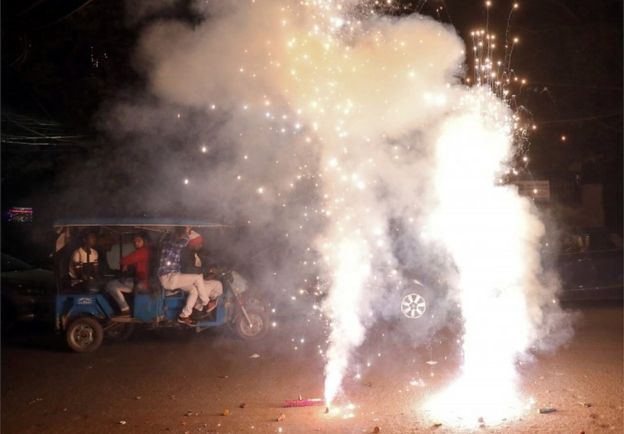 Image copyrightREUTERSImage captionDespite restrictions, residents set off firecrackers until late on Wednesday night
Image copyrightREUTERSImage captionDespite restrictions, residents set off firecrackers until late on Wednesday night

